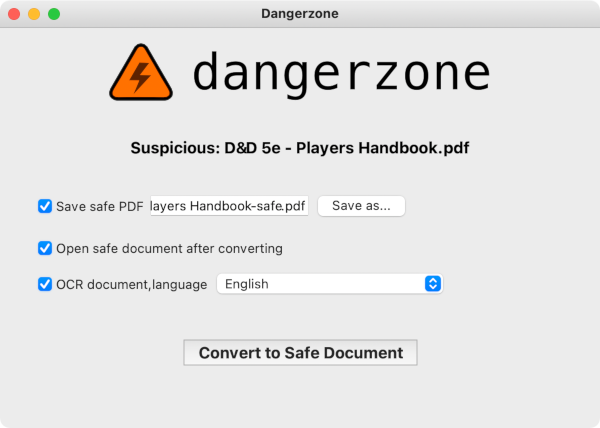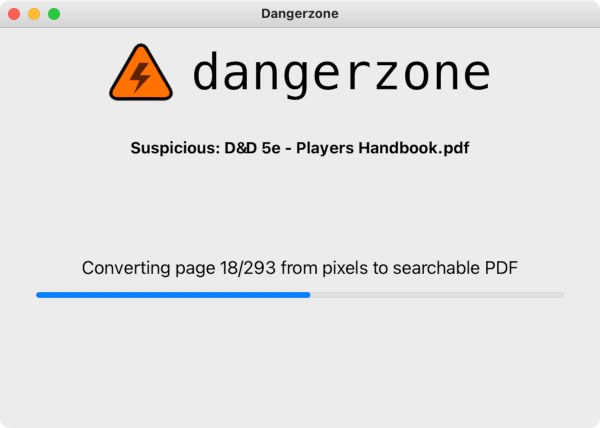When deploying packages, build the RPM package for Fedora 37 and deploy only that. Problem ======= The v0.4.0 release introduced Fedora 37 support. We had tested building an RPM package for Fedora 37 and installing it successfully, so we assumed that we had the green light for the release. Turns out however that our CI runners were not building packages for each of our supported Fedora release, but solely for Fedora 35. It so happened that Fedora 35 and Fedora 36 had similar Python versions, but the same did not apply to Fedora 37. The end result is that users could not install Dangerzone on Fedora 37 through our official repo. Remediation =========== In order to help out Fedora 37 users, we plan to do the following: 1. Bump the Fedora patch level of our package to -2. This will help users install the new package, once we release it. 2. Change our CI pipeline to build an RPM package for Fedora 37 instead, and deploy that to PackageCloud. 3. Comment out all the other deployments to PackageCloud, since the rest of the distros are not affected. IMPORTANT: This is a hotfix that should never be merged back in the main branch. Fixes #156 |
||
|---|---|---|
| .circleci | ||
| assets | ||
| container | ||
| dangerzone | ||
| dev_scripts | ||
| install | ||
| share | ||
| tests | ||
| .gitignore | ||
| BUILD.md | ||
| CHANGELOG.md | ||
| INSTALL.md | ||
| LICENSE | ||
| Makefile | ||
| poetry.lock | ||
| pyproject.toml | ||
| README.md | ||
| RELEASE.md | ||
| setup-windows.py | ||
| setup.py | ||
| stdeb.cfg | ||
Dangerzone
Take potentially dangerous PDFs, office documents, or images and convert them to a safe PDF.
Dangerzone works like this: You give it a document that you don't know if you can trust (for example, an email attachment). Inside of a sandbox, Dangerzone converts the document to a PDF (if it isn't already one), and then converts the PDF into raw pixel data: a huge list of RGB color values for each page. Then, in a separate sandbox, Dangerzone takes this pixel data and converts it back into a PDF.
Read more about Dangerzone in the blog post Dangerzone: Working With Suspicious Documents Without Getting Hacked.
Getting started
- Download Dangerzone 0.3.2 for Mac
- Download Dangerzone 0.3.2 for Windows
- See installing Dangerzone for Linux repositories
You can also install Dangerzone for Mac using Homebrew: brew install --cask dangerzone
Some features
- Sandboxes don't have network access, so if a malicious document can compromise one, it can't phone home
- Dangerzone can optionally OCR the safe PDFs it creates, so it will have a text layer again
- Dangerzone compresses the safe PDF to reduce file size
- After converting, Dangerzone lets you open the safe PDF in the PDF viewer of your choice, which allows you to open PDFs and office docs in Dangerzone by default so you never accidentally open a dangerous document
Dangerzone can convert these types of document into safe PDFs:
- PDF (
.pdf) - Microsoft Word (
.docx,.doc) - Microsoft Excel (
.xlsx,.xls) - Microsoft PowerPoint (
.pptx,.ppt) - ODF Text (
.odt) - ODF Spreadsheet (
.ods) - ODF Presentation (
.odp) - ODF Graphics (
.odg) - Jpeg (
.jpg,.jpeg) - GIF (
.gif) - PNG (
.png)
Dangerzone was inspired by Qubes trusted PDF, but it works in non-Qubes operating systems. It uses containers as sandboxes instead of virtual machines (using Docker for macOS, Windows, and Debian/Ubuntu, and podman for Fedora).
Set up a development environment by following these instructions.

